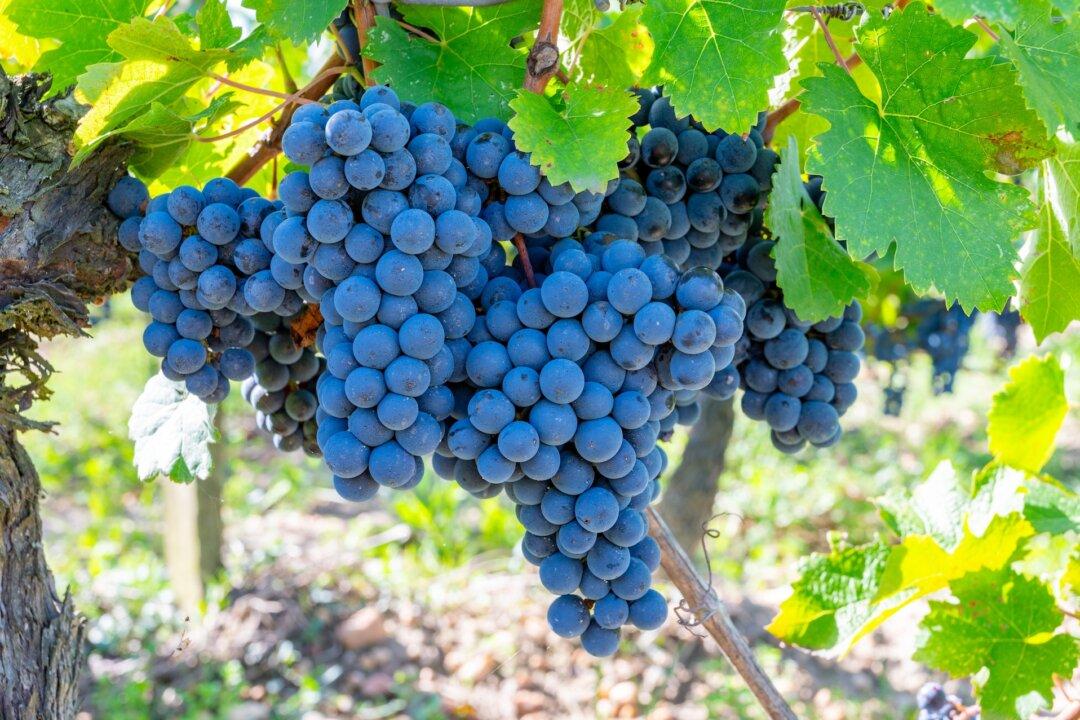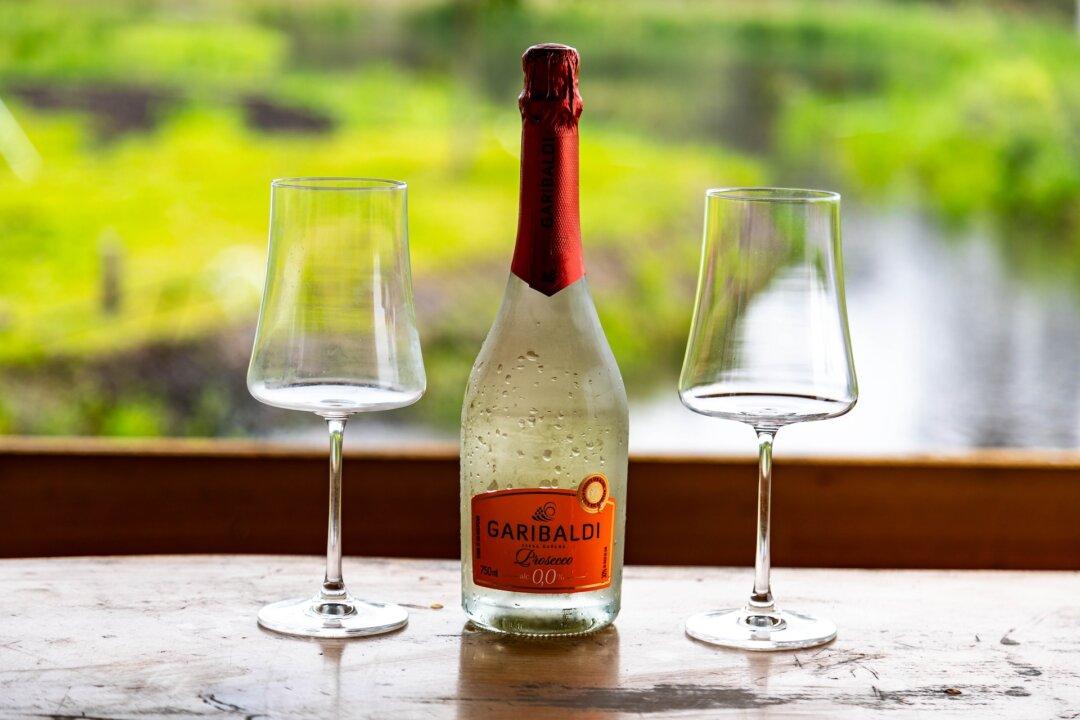In early June, I will be a speaker at an industry technical conference in Geneva, New York, on a grape variety that, chances are, you have never heard of before, though it’s one that makes extremely nice red wines.
Bryan Ulbrich, winemaker at his excellent winery Left Foot Charley, and I will explore the grape called either Lemberger or Blaufrankisch (they’re synonyms).
Bryan was chosen because he makes a wonderful Blaufränkisch at his winery in Michigan’s Upper Peninsula; I was chosen (I suspect) because of my love for obscure wine grapes.
I can’t say exactly when I first knew I was beguiled by the abstruse, but I recall one episode that may have been it. It was 1990.
At a small cafe in Colli Orientali in northern Italy, I ordered a glass of a red wine that was reasonably priced, and I was pleasantly surprised. It was a bit like zinfandel and was lovely paired with my pasta.
The waiter, who fortunately spoke good English, said the wine was refosco, a local grape. This began a quest to discover other rarities.
As years passed, I found myself drawn to many obscure grape varieties and for reasons that continue to make me excited about wines.
About 2000, it happened again. At a wine competition I got jazzed by a pale red (almost a rose!) with black pepper, clove, and red cherry fruit—despite its light color.
Then there was a Chilean carménère that got me excited because it had a peppery, blueberry aroma and a fascinating acid-tannin ratio.
Obscure grapes can make exciting wines, although the number-scorers who dote on alcoholic cabernet, black syrahs, and oaky chardonnays also usually ignore chenin blanc and carignan.
Not all of the thousands of grapes that make table wines around the world can make a great wine. Foja tonda, airén, pais, criollo, and hundreds of others can be relied on to make simple wines, but little more. But many obscure grapes can make great wines if treated properly. Here are a few.
Wine of the Week
2021 Cono Sur Sauvignon Blanc, Chile ($11): Lovely aroma of green tea, herbs like sage, and grapefruit rind notes. The entry is soft and appealingly rich, and the flavors are poised to pair with simple seafood fare.





